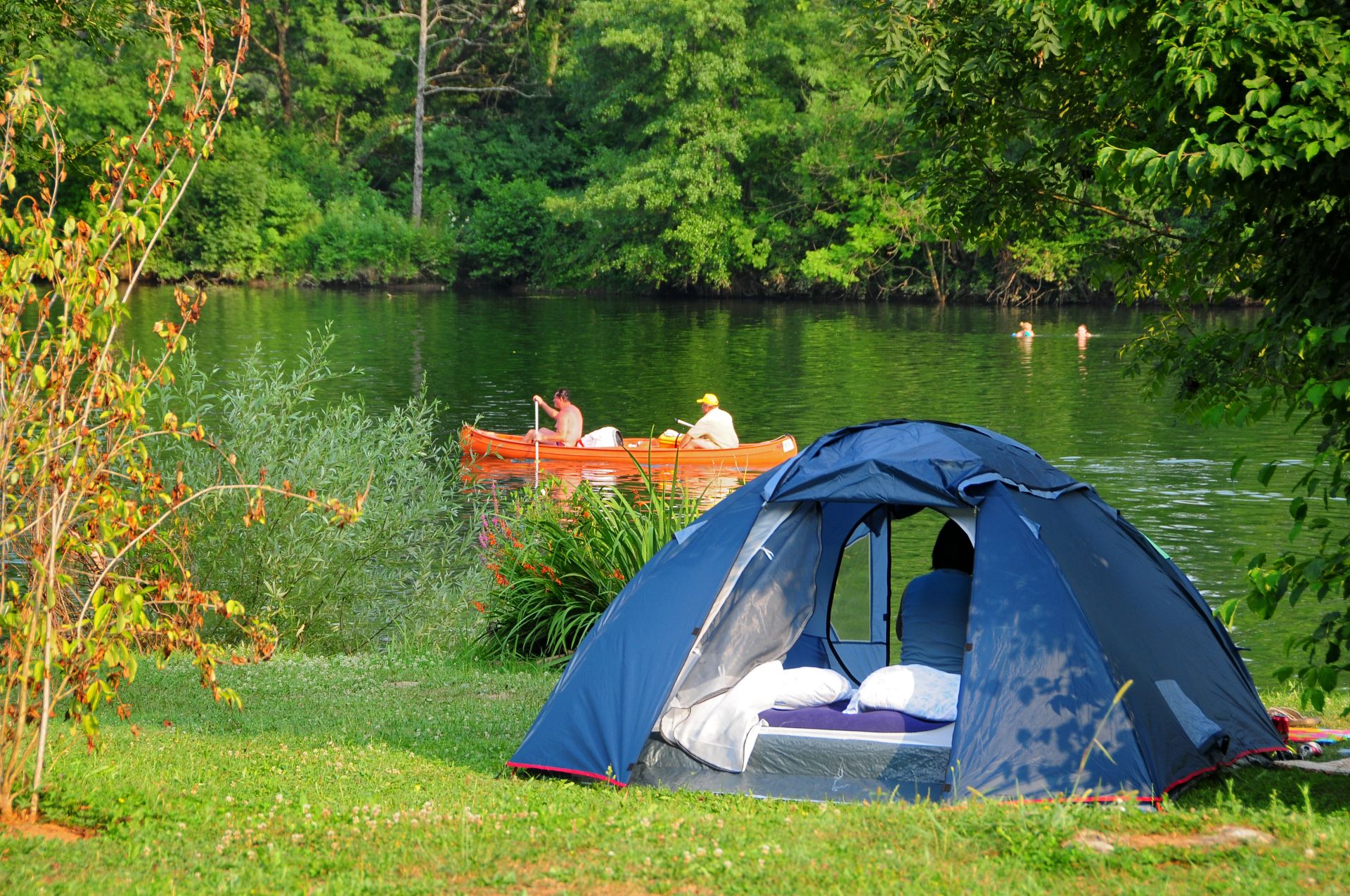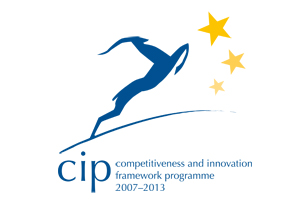Knowledge Networking Portal for Sustainable & Responsible Tourism










 Kolpa - Feel the River (SI)
Kolpa - Feel the River (SI)
| Contributor | Tina Hedi Zakonjsek |
|---|---|
| Country | Slovenia |
| Keywords |
|
| Release date | 11/08/2014 |
| Landscape type | Unspecified |
| Topics |
|
| GSTC Criteria for Destinations |
|
| Marketplace category |
|
| Type |
|
| # | File name | Contributor | Release date | Uploaded by | Upload date | Size | Content type |
|---|
|
Kolpa - Fell the river |
||||
|
|
||||
|
Items |
Description |
|||
|
1. WHO |
||||
|
Key people and organisations (initiator, leader, partners) |
The project of establishing tourist destination Kolpa – Feel The River is a network of six partner institutions. Initiator and leader of the project is public institution, development and information centre RIC Bela krajina. It was established in 2004 by Municipality Črnomelj. Partner organizations were municipalities or municipal tourist organizations on Slovenian side along the Kolpa river (Črnomelj, Metlika, Semič, Kočevje, Osilnica, Kostel) and in some points Natural park Kolpa. |
|||
|
Lead partner is RIC Bela krajina, Slovenia. |
||||
|
Key Figures |
Surface |
Inhabitants |
Tourism arrivals |
Tourism nights |
|
1.243 km² |
45.154 |
32.000 |
80.000 |
|
|
2. WHY |
||||
|
Reason for taking the good practice action |
The project Kolpa – Feel the river was launched as we wanted to connect marketing and tourist products that were dispersed by individual tourist organizations along the river. Our goal was to establish the Kolpa River brand. Before this project each municipal tourist organization undertook their own marketing activities (or even not), some did not even have tourist products at their hand, there was lack of information, no common evaluation and statistics, insufficient financing etc. Our proposal to partner organizations was to establish a common tourist destination that would solve the above mentioned questions. We applied our idea to the EDEN 2010 Slovenia public call and won. |
|||
|
Issues and challenge |
The main issue was the coordination of six partner organizations, especially since these were public institutions, each with their own set of regulations, development plans etc. But we managed to exceed the differences and combine different ideas, statuses and finances in order to establish a common tourist destination. |
|||
|
3. HOW |
||||
|
Methods /steps / tools used (to develop the good practice) |
- Creative brainstorming – outlining the project idea in the lead partner organization. |
|||
|
4. RESULT |
||||
|
Specific/measurable results, benefits |
- Six municipalities have joined into one common tourist destination. - Common marketing, development of common tourist products. - Use of Kolpa River brand and EDEN brand on all printed materials, web pages and social networks. - Joint webpage and Facebook profile. - Common information service for guests (events, accommodation, other offer). - Joint promotion on international tourism fairs. - Yearly growth in number of local and foreign tourist arrivals. |
|||
|
Recognitions (e.g. awards) |
Kolpa River - EDEN 2010 – European Destination of ExcelleNce, Slovenia |
|||
|
5. REFLECTION |
||||
|
Lessons learned |
- By combining human, technical and financial resources we can all prosper. - Individual tourist offices are too small to succeed on national or international level. Larger tourism destinations with joint offer are more visible on the international market. - Importance of yearly participation at international tourism fairs. - Equal partner roles in coordinating committee. - Active and creative partners bring new project ideas. - Importance of evaluation. |
|||
|
Challenges met |
- Coordination of partners. |
|||
|
Critical success factors |
- To establish a successful, balanced and committed partnership. |
|||
|
6. MORE |
||||
|
web-references, documents |
||||















































